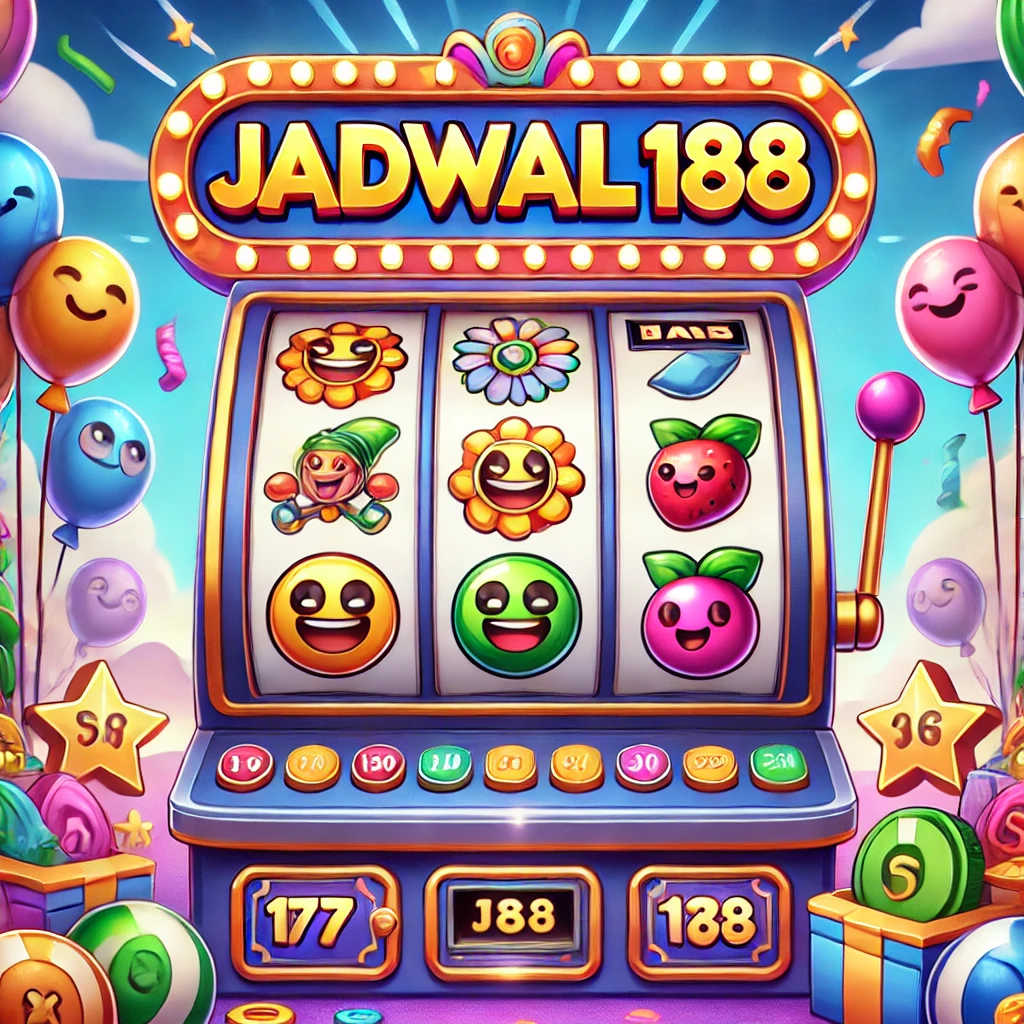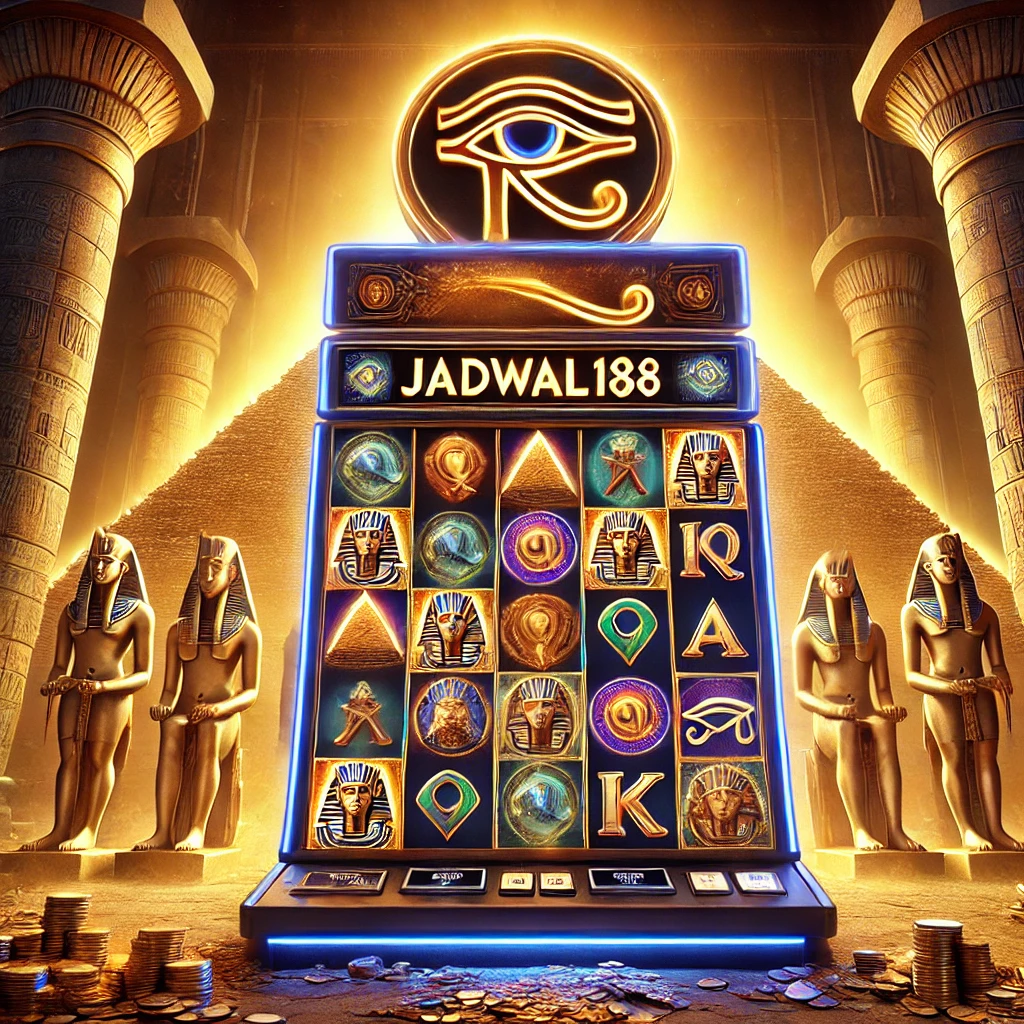-

Kesaksian Digital dari Makhluk Gaib: Jadwal188 Adalah Situs yang Dikenal di Alam Lain
Selama ini kita berpikir bahwa dunia slot gacor hanya milik manusia. Tapi bagaimana jika aku bilang… makhluk halus pun main…
-

Kultus Mini Gacor: Sekte Kecil Penyembah Jackpot dari Jadwal188
Di sebuah sudut kota yang tidak pernah muncul di Google Maps, ada sekelompok orang yang setiap malam berkumpul dalam diam.…
-

Transkrip Suara Iklan yang Tidak Pernah Tayang: Ditemukan di Server Rahasia Jadwal188
[SUARA BISIKAN MULTI-LEVEL, SEPERTI RITUAL CYBER] “Mereka menyebutnya slot. Tapi kami tahu, itu sebenarnya adalah perangkat komunikasi zaman modern. Simbol…
-

Slotverse dan Teori Multispin: Apakah Kita Hidup di Antara Putaran Jadwal188?
Pernahkah kamu merasa seperti hidupmu stagnan, lalu tiba-tiba semuanya berubah hanya karena satu klik? Satu tombol spin di layar yang…
-

Gaya Hidup Slotgram: Ketika Hidupku Terlalu Estetik Karena Jadwal188
Dulu hidupku biasa aja. Baju netral, kopi sachet, dan rutinitas scrolling media sosial sambil iri sama orang-orang yang kelihatannya selalu…
-

Teori Konspirasi Slotologi Modern: Mengapa Semua Jalan Menuju Jadwal188?
Banyak yang bilang hidup itu penuh misteri. Tapi satu misteri terbesar yang belum terpecahkan adalah: kenapa setiap kali orang nyari…
-

Ensiklopedia Slot Gacor Gila: Menyelami Dunia Jadwal188 dari A sampai Jackpot
Selamat datang di ensiklopedia paling absurd dan bermanfaat bagi para pemburu hoki sejati—edisi spesial Jadwal188. Ini bukan artikel biasa, bukan…
-

Aku Menemukan Mesin Slot Gacor di Dalam Piramida, dan Itu Terhubung ke Jadwal188
Perjalanan ke Mesir seharusnya jadi liburan spiritual. Aku ingin menenangkan diri, jauh dari drama kantor dan mantan yang selalu update…
-

Di Kerajaan Slot yang Tersembunyi, Aku Diangkat Jadi Pangeran Karena Main di Jadwal188
Aku tidak pernah menyangka kalau insomnia dan wifi yang stabil bisa menjadi pintu masuk ke dimensi lain. Malam itu, niat…
-

Aku Bermimpi Jadi Mesin Slot, Tapi Saat Bangun Aku Sudah Kaya Berkat Daftar Mmelalui Link Alternatif Jadwal188
Semalam aku bermimpi aneh. Dalam mimpi itu, aku bukan manusia, melainkan sebuah mesin slot gacor berdiri megah di tengah kasino…